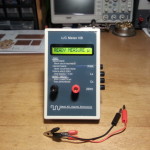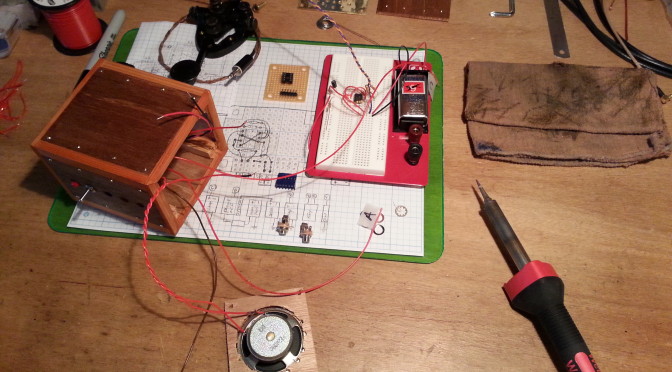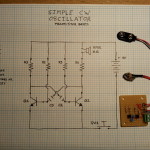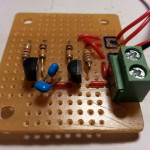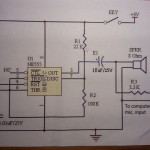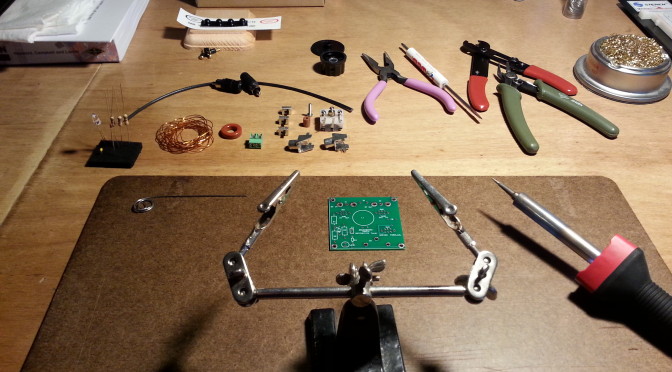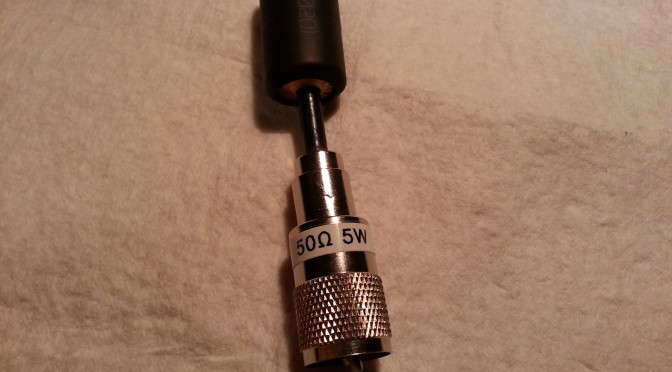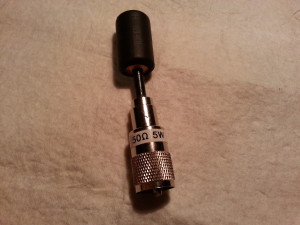When I first started this blog I planned on posting a separate page for each project I did. After some thinking on the matter I decided that scratch-built projects would have a page dedicated to them.
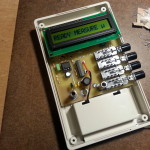
The last post was an example of a project while important and interesting, I don’t think it rated a page. I am of course referring to the post on the AADE L/C Meter IIB. Part of the reason I’m not devoting a page to the project is that it is a kit, a great kit, but still a kit.
Don’t get me wrong on this, kits can be a really useful tool. Often times kits can cost less that the parts purchased individually. They can also be useful in overcoming sourcing issues.
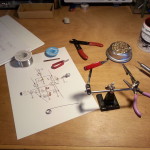
For the beginning builder kits are a great way to get your feet wet and try the building process as well as exercising the construction skills needed in scratch-building. A kit can get you on-the-air faster than scratch-built as well. Kits give a potential scratch-builder a chance to see if they actually like building.
Kits also offer a choice for the builder. The kit can be built by just filling up the board following the instructions, or if you are looking at going scratch-built later on, taking the time to trace things out and compare the schematic with the board layout, and understanding what components perform what function along with how and why things are placed as they are goes a long way in improving your understanding of the circuit.
While kits can be a good learning tool or refresher for the builder, they off-load a lot of the mental gymnastics involved in design, sourcing, layout, placement, and proximity matters. Or at least they should, a poorly designed kit can be a real challenge for even the most skilled builders.
I decided to post about kits rather than page them because of this off-loading. While the kit may be of educational value, it is the mental exercise not the physical work that provides the real educational benefit. I don’t think I would be bringing much to the table beyond the instructions that come with the kit.
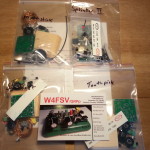
So don’t be surprised when you see a project as a post rather than a page. I will start the trend in my next post when I show off the BreadboardRadio.com kits I built before beginning my 40 meter Direct Conversion receiver. I will likely set up a Kits page as an index to kit projects if it looks like I need one.
Stay tuned and 73,
~Jon KK6GXG

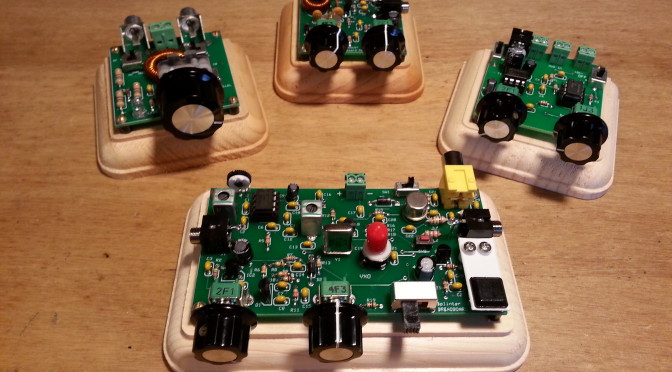
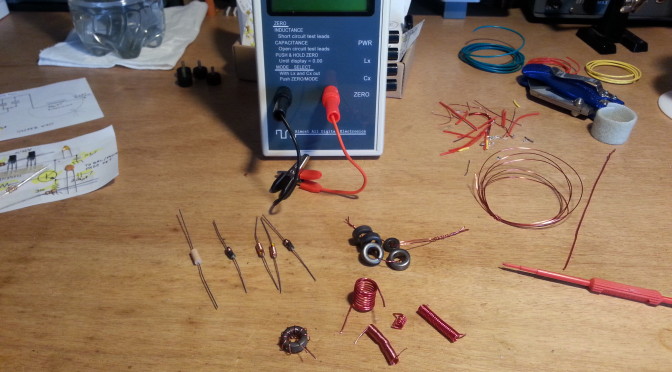
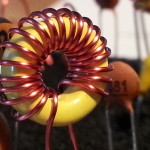
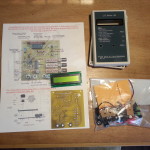
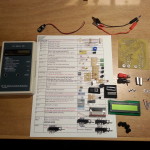
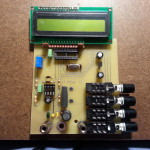 e only hiccough was technician error. I got all of the components soldered in, mounted the board in the back of the case, mounted the LCD, and plugged in the battery. When I turned on the power switch I got nothing. I knew from reading the instructions
e only hiccough was technician error. I got all of the components soldered in, mounted the board in the back of the case, mounted the LCD, and plugged in the battery. When I turned on the power switch I got nothing. I knew from reading the instructions 